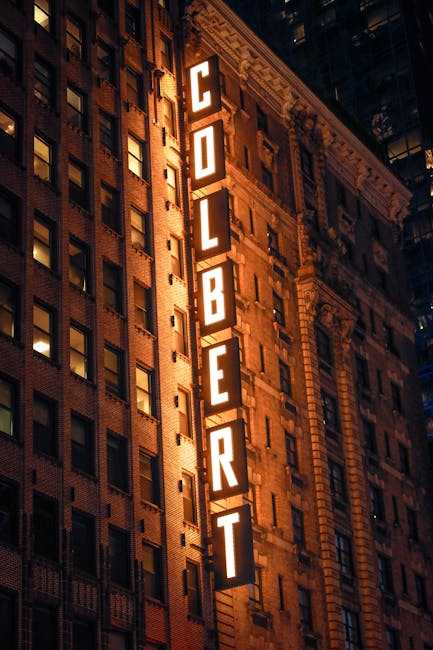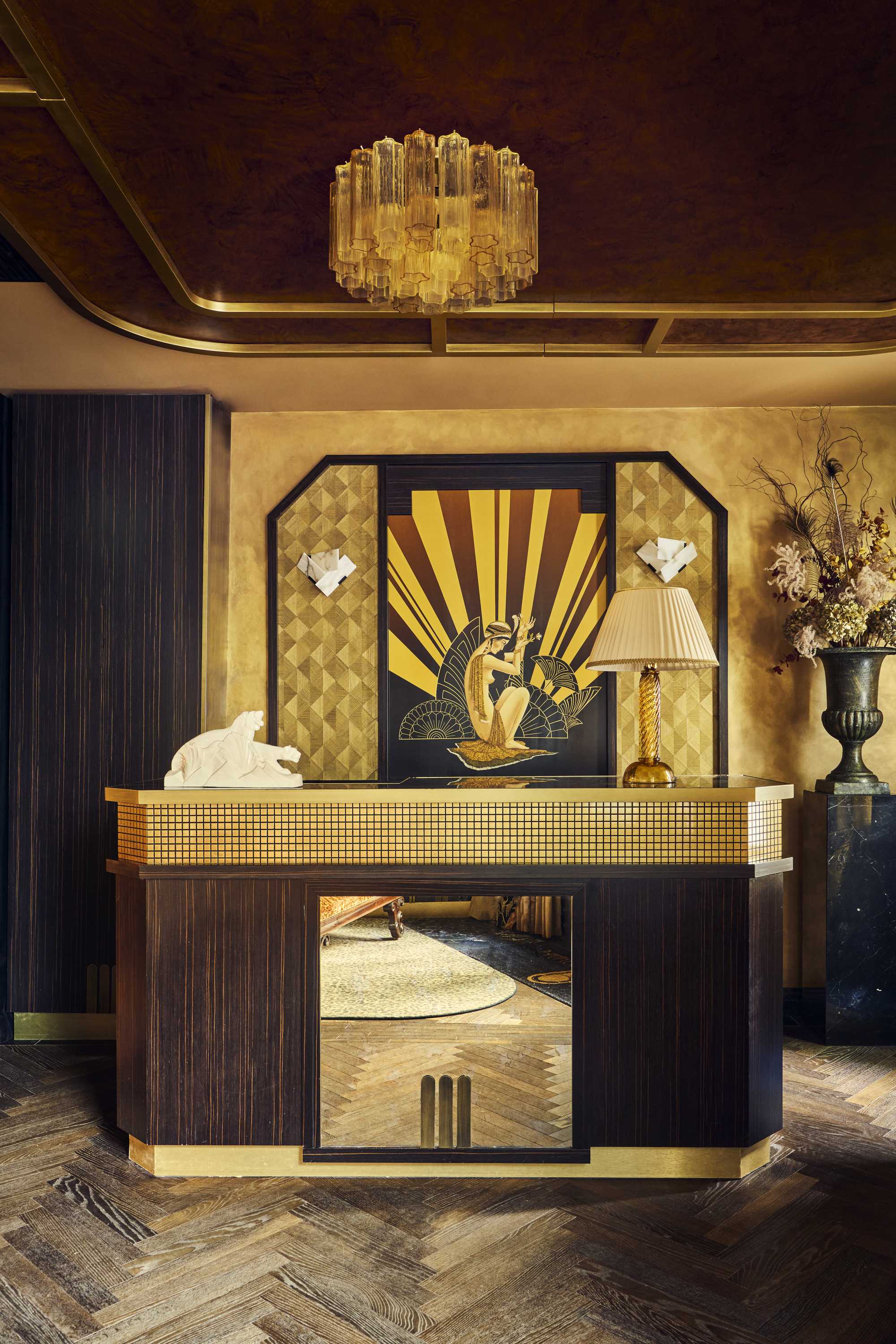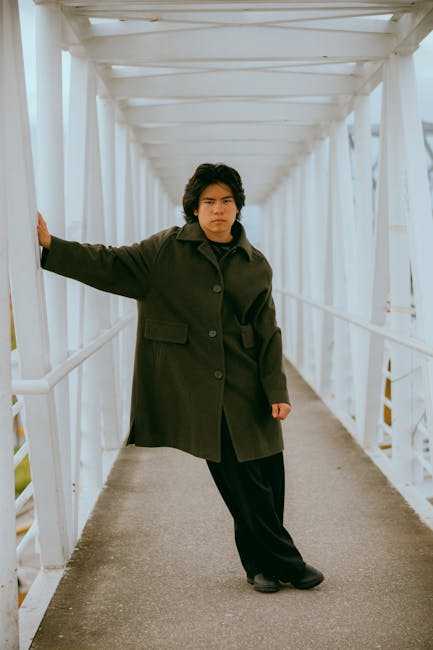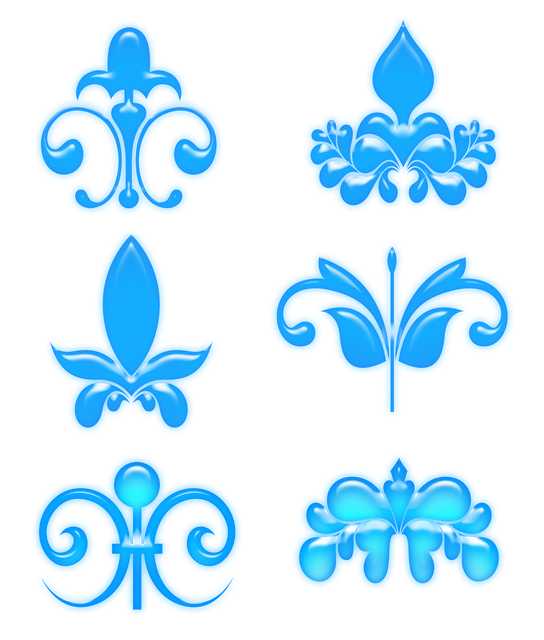Table of Contents
- Exploring the Essence of Modern Art Deco in Contemporary Design
- The Vibrant Color Palette: Infusing Life into Spaces
- Key Elements of Art Deco Style in Todays Interior Architecture
- Bridging the Past and Present: Modern Interpretation of Classic Motifs
- Incorporating Art Deco Inspired Decor in Your Home
- Q&A
- Future Outlook


Exploring the Essence of Modern Art Deco in Contemporary Design
The resurgence of Art Deco in contemporary design is a celebration of lavishness and elegance, intertwining rich cultural heritage with modern flair. Today’s designs draw inspiration from the geometric patterns, bold colors, and luxurious materials that defined the original Art Deco movement. By incorporating sleek lines, intricate detailing, and stylish aesthetics, designers are crafting spaces that evoke a sense of nostalgia while embracing innovative materials. This fusion creates environments that not only captivate the eye but also tell stories, paying homage to the grandeur of the past while embracing modern functionality.
Key elements of modern Art Deco include:
- Geometric Shapes: Angular forms and symmetry that create dynamic visual interest.
- Lush Textures: The use of materials such as velvet, chrome, and glass enhances the tactile experience.
- Rich Color Palettes: Deep jewel tones paired with metallics convey sophistication and drama.
- Artistic Lighting: Statement light fixtures that serve as focal points, blending utility with decor.
When evaluating modern Art Deco, it’s also important to consider how these designs integrate with lifestyle trends. For instance, homes and commercial spaces increasingly merge comfort and luxury through multifunctional furniture and open layouts. The sustainability movement is also influencing modern interpretations, prompting designers to incorporate eco-friendly materials while retaining that signature opulence. Below is a concise comparison showing traditional versus contemporary applications of Art Deco elements:
| Traditional Art Deco | Modern Interpretation |
|---|---|
| Luxurious Materials (e.g., marble, gold finishes) | Eco-friendly substitutes (e.g., recycled materials) |
| Bespoke Furniture | Modular, versatile pieces |
| Bold Decorative Patterns | Minimalist motifs with a modern twist |
| Grandiose Spaces | Efficient, open-concept layouts |
The Vibrant Color Palette: Infusing Life into Spaces
Choosing the right colors can transform a space from mundane to magnificent. In the context of modern art deco, a vibrant color palette adds depth and personality, making interiors feel alive and engaging. Rich hues like emerald greens, deep blues, and bold teals can create a dramatic backdrop, while pops of gold and brass accentuate the overall elegance of the design. Incorporating these colors through various elements can create a cohesive and striking aesthetic.
To achieve balance, it’s essential to mix and match colors thoughtfully. A few suggestions for a harmonious color scheme include:
- Accent Walls: Utilize vibrant colors on one wall to serve as an eye-catching focal point.
- Fabric Choices: Incorporate patterned fabrics featuring bold colors in cushions or drapes.
- Artwork: Choose art pieces that echo your color scheme, enhancing the vibrancy of the overall space.
Additionally, consider the impact of natural light on your chosen colors. Bright, sunlit spaces can enhance the vivacity of a bold color palette, while dimmer areas may require lighter shades to ensure they don’t appear too heavy. Here’s a simple table to visualize the interplay between colors and lighting:
| Light Condition | Recommended Colors |
|---|---|
| Bright Natural Light | Vibrant Purples, Brilliant Reds |
| Dull or Dim Light | Soft Neutrals, Warm Earth Tones |
| Evening Artificial Light | Mid-Tones, Rich Jewel Colors |


Key Elements of Art Deco Style in Todays Interior Architecture
Art Deco’s allure lies in its unmistakable combination of glamour, functionality, and exquisite ornamentation. In contemporary interior architecture, the bold geometric shapes and symmetrical lines characteristic of this style create a striking aesthetic that resonates with both modern sensibilities and classic elegance. Elements such as chevrons, zigzags, and sunburst motifs add dynamic visual interest, making spaces feel vibrant and alive. Utilizing these forms effectively can transform a simple room into a sophisticated haven of style.
Color plays a pivotal role in evoking the Art Deco spirit, and today’s designs often feature a palette that includes rich jewel tones alongside metallic finishes. Textures, too, are crucial in achieving that luxurious feel, with materials like polished marble, chrome, and crystal reflecting light and enhancing the overall opulence. Consider incorporating high-contrast combinations to create a dramatic flair, such as deep blues paired with gold or black with silver accents. This interplay of colors and textures fosters a warm yet striking atmosphere, inviting admiration from all who enter.
Furniture within this design ethos not only serves a practical purpose but also acts as a statement piece. Think of sleek chairs with plush fabrics, cocktail tables with mirrored surfaces, and ornate light fixtures that command attention. Incorporating artistic craftsmanship into furniture choices is essential; look for artisans who embrace the originality that Art Deco champions. This could mean selecting pieces with innovative shapes or intricate detailing that reflect the style’s narrative of luxury and modernity. Thus, each element within the space contributes to a cohesive environment that celebrates the Art Deco legacy.


Bridging the Past and Present: Modern Interpretation of Classic Motifs
In the ever-evolving landscape of design, the resurgence of classic motifs within a modern framework showcases the beauty of adaptation. Art Deco, a style that epitomized luxury and innovation during the 1920s and 1930s, finds new life through contemporary interpretations that blend nostalgia with current aesthetics. Today’s designers are not merely replicating the ornate patterns and vibrant colors of the past; they are reimagining them for a new audience. Aspects such as geometric shapes, bold lines, and lavish materials are infused into modern architecture and interior design, creating spaces that honor history while providing a fresh perspective.
The interplay between past and present is evident in the choice of materials and color palettes that define modern Art Deco. Designers often opt for a combination of traditional elements, like marble and gilt finishes, alongside unexpected materials such as glass and metal. This not only maintains the luxurious feel characteristic of the Art Deco movement but also introduces sleekness that resonates with today’s minimalist trends. Elements like:
- Chevron Patterns: Used in both textile designs and wall treatments, they evoke the dynamic spirit of the era.
- Streamlined Furniture: Combining functionality and style, crafted from high-quality woods and metals.
- Bold Typography: Seen in advertising and packaging, echoing the graphic design trends of the 1920s.
Ultimately, the modern take on Art Deco serves as a reminder of how yesterday can influence today’s design choices. Many contemporary artists are pushing the boundaries even further by adding unexpected twists, like incorporating technology into traditional motifs. For instance, a table featuring an Art Deco-inspired layout might include:
| Feature | Modern Interpretation |
|---|---|
| Pattern | Geometric shapes with 3D printing techniques |
| Color | Vibrant, yet sustainable, eco-friendly color palettes |
| Lighting | Smart lighting systems with retro design aesthetics |
This fusion of styles showcases not only the timeless appeal of Art Deco but also the versatility of design, highlighting how classic motifs can effortlessly transition into the present while continuing to enchant and inspire.


Incorporating Art Deco Inspired Decor in Your Home
Art Deco is a design movement characterized by its bold geometry, rich colors, and luxurious materials. To incorporate this style into your home, start with furniture that embodies the essence of the era. Look for pieces that feature sleek lines and are made from materials like chrome, glass, and exotic woods. Consider adding items such as:
- Mirrored coffee tables for a glamorous touch.
- Velvet sofas in jewel tones like emerald and sapphire.
- Chrome accents on lamps or side tables to enhance the metallic elements.
In addition to furniture, the artwork you choose can significantly impact the room’s overall aesthetic. Opt for geometric patterns and bold colors that echo the Art Deco style. When curating your art collection, consider the following:
- Framed prints of famous Art Deco artworks, such as those by Tamara de Lempicka.
- Sculptures and busts that reflect the era’s fascination with the human form.
- Decorative mirrors that not only serve a purpose but also double as statement pieces.
textiles play a crucial role in creating a cohesive Art Deco-inspired space. Choose fabrics that exude elegance and reflect the period’s opulence. Look for items made from materials like:
| Fabric Type | Features |
|---|---|
| Silk | Rich sheen, perfect for curtains or cushions. |
| Art Deco Patterns | Bold, geometric designs ideal for upholstery. |
| Leather | Luxurious feel, great for seating options. |
Combining these elements will craft a sophisticated ambiance that celebrates the timeless allure of Art Deco while making a beautiful statement in any modern home.
Q&A
Q&A: Understanding Modern Art Deco
Q: What is Modern Art Deco? A: Modern Art Deco is a revival of the original Art Deco style that emerged in the 1920s and 1930s. It combines the characteristic geometric shapes, bold colors, and luxurious materials of traditional Art Deco with contemporary design trends and functional elements. This fusion creates spaces and objects that celebrate both nostalgia and modernity.Q: How does Modern Art Deco differ from the original Art Deco style? A: While the original Art Deco is iconic for its lavish ornamentation and historical influences, Modern Art Deco streamlines these elements for a more minimalist aesthetic. It often emphasizes clean lines and open spaces, integrating advanced materials and techniques that cater to today’s lifestyle while still channeling the opulence of its predecessor.
Q: Where can I find Modern Art Deco designs? A: Modern Art Deco can be found across various domains, including architecture, interior design, fashion, and even graphic design. Look for boutique hotels, restaurants, and luxury residences that showcase this style. Additionally, many contemporary furniture makers and designers are incorporating Art Deco elements into their collections, offering pieces that reflect this modern twist.
Q: What colors and materials are commonly used in Modern Art Deco? A: The color palette often features rich jewel tones, such as emerald green and sapphire blue, mixed with metallics like gold, silver, and brass. In terms of materials, Modern Art Deco embraces both traditional options, like marble and wood, and modern advancements like acrylics and high-gloss finishes. This combination enhances the visual impact of each piece while maintaining a fresh look.
Q: Is Modern Art Deco suitable for any type of space? A: Absolutely! Modern Art Deco can be adapted to various settings, from residential homes to commercial spaces. Its versatility allows for the creation of inviting yet sophisticated environments, making it an ideal choice for those looking to add a touch of elegance to their space, regardless of size or purpose.
Q: How can I incorporate Modern Art Deco elements into my home? A: Start with statement pieces like a geometric coffee table or an ornate mirror. Consider using art and decor that reflect Art Deco motifs, such as chevrons or sunburst patterns. Lighting fixtures with metal finishes and geometric designs can also enhance the ambiance. Layer these elements thoughtfully to create a cohesive, modern Art Deco aesthetic throughout your space.
Q: Are there any notable architects or designers associated with Modern Art Deco? A: Several contemporary designers and architects promote Modern Art Deco principles. While they may not be known solely for this style, many incorporate its features into their work. Designers such as Kelly Wearstler and Jonathan Adler often blend Art Deco themes with a modern flair, helping to define what Modern Art Deco looks like today.
Q: What is the future of Modern Art Deco? A: As trends evolve, Modern Art Deco is likely to continue thriving, especially as there is a growing appreciation for vintage styles paired with contemporary design. Innovations in materials and sustainability will influence the future, allowing designers to reinterpret Art Deco with an eco-conscious approach while still celebrating its inherent elegance and style.
